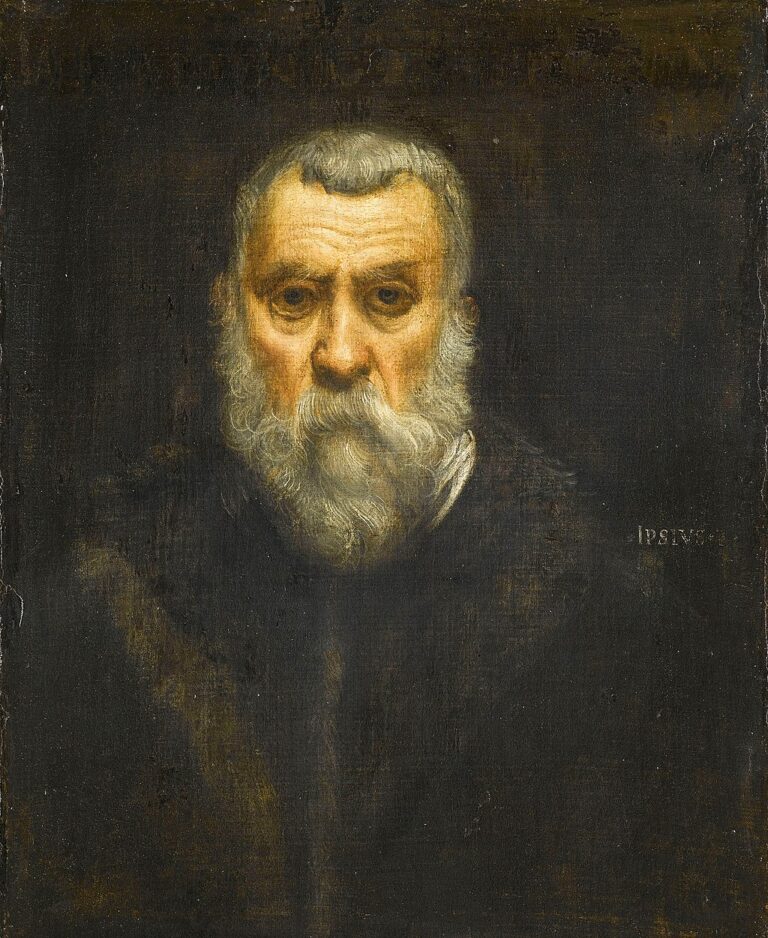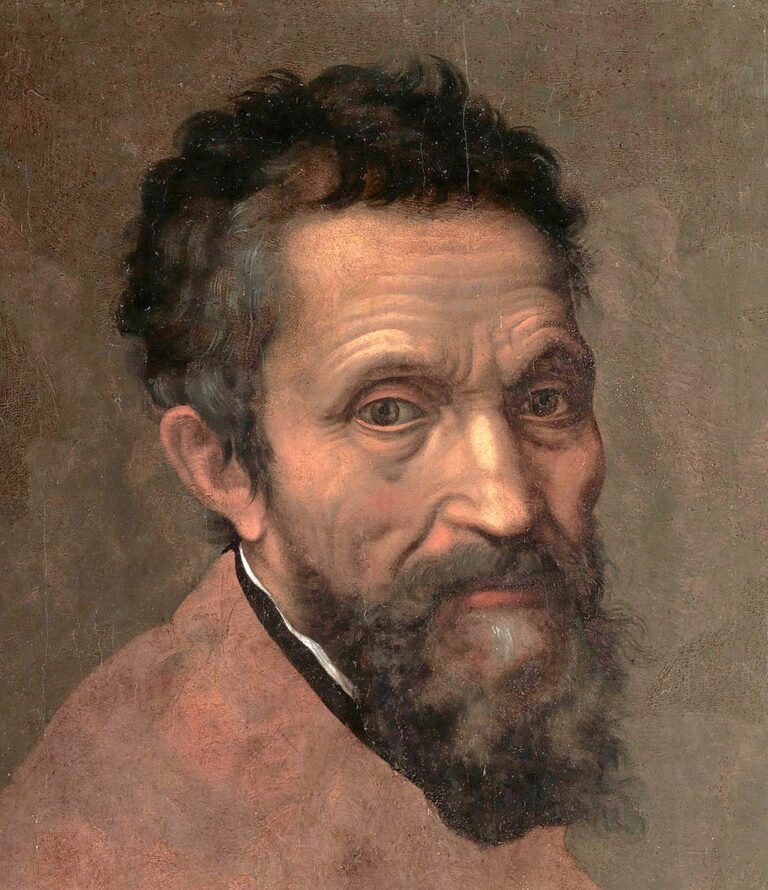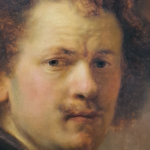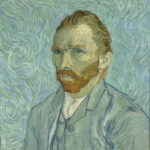GIAMBOLOGNA
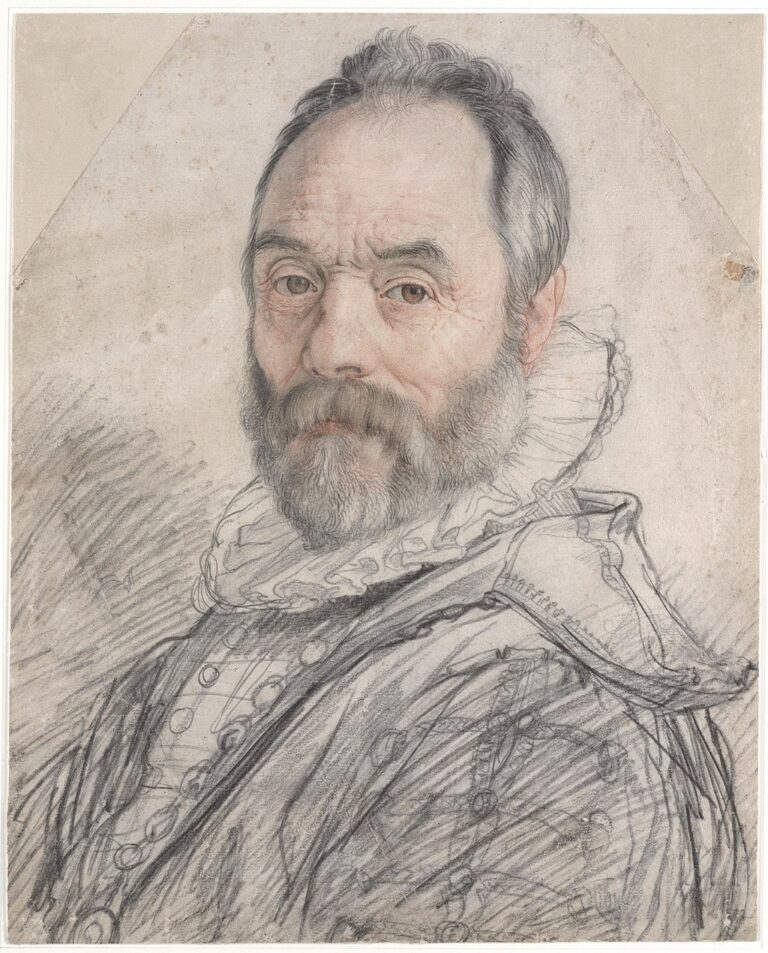
Giambologna (1529[1] – 13 August 1608) — (known also as Jean de Boulogne and Giovanni da Bologna) — was a Flemish sculptor based in Italy, celebrated for his marble and bronze statuary in a late Renaissance or Mannerist style. Jean de Boulogne was born in Douai, Flanders (now in France), in 1529. After youthful studies in Antwerp with the architect-sculptor Jacques du Broeucq,[2] he moved…

